What it takes to win the 420 Worlds
Published on July 17th, 2021
Two hundred ten boats from 20 nations competed in the 2021 420 World Championships, held July 5 to 10 in Marina Degli Aregai, Italy. The USA was well represented with 17 teams which went on to win all three divisions – Women, Under 17, and Men/Mixed.
It was the first time in 44 years that Team USA had won a 420 World Championship, and North Sails caught up with Team USA coach Lior Lavie, owner of Outfit Sailing, to get his insight into the team’s success, and to ask his advice for aspiring young sailors.
How did Team USA train for the 420 World Championship?
Preparation began in September of 2020, with training in Miami. During the fall and winter months, our calendar included intensive days of training on weekends, block training camps during the holiday season (Thanksgiving and Christmas), and events such as the US Nationals, North Americans, Midwinters all in Miami.
In the spring we migrated up north to Annapolis and Newport before our departure to Europe. The many days of training on the water were combined with video debriefs, boat work, sail testing, speed tuning, and fitness.
What were your expectations on Day 1?
Team USA had four coaches in San Remo, and we all agreed that this year was a difficult year to predict how our sailors might perform, and where we, as a country, might stand compared to the rest of the world. There were no international events to set a baseline, and we had only a handful of sailors who had previously competed on the world stage. The majority of Team USA are young, talented sailors who were attending their first international event in the 420 class.
Therefore, the coaching staff laid out the foundations and mindset for the team: treat each day as if it is the first day of the event while collecting data points, studying our competition, and making adjustments as needed.
What did you focus on each day? Did each team have a unique focus?
Each morning, we gathered all the athletes and coaches to discuss the day’s weather report, our overall strategy, and any updates we had about the racing. Afterward, we split the team into two groups (based on the assigned racing areas) for more specific conversations.
On the water, I collected wind and current readings and shared that information with each team, so that they could develop their own game plan for the next race.
We also discussed how to control the uncontrollable. Thinking ahead about different scenarios with opponents helped our teams deal with any situations that required an immediate reaction. The goal was for the skipper to focus on sailing the boat at max speed, trusting the crew to report potential crossings, fleet positioning, and weather/wind observations. This communication is a critical component to the success of our top teams. – Full report


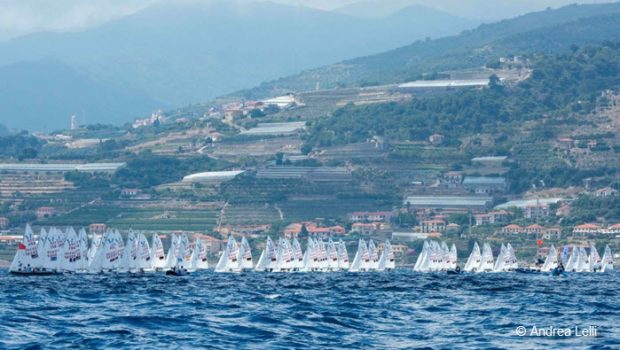


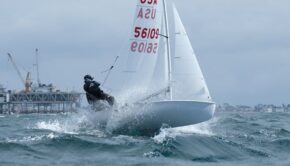
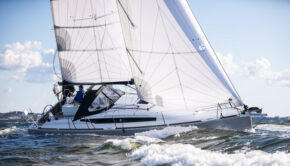
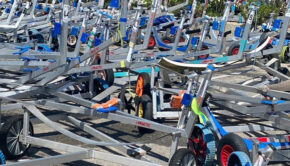
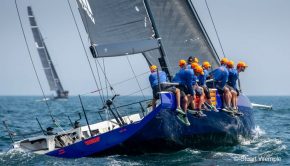
 We’ll keep your information safe.
We’ll keep your information safe.